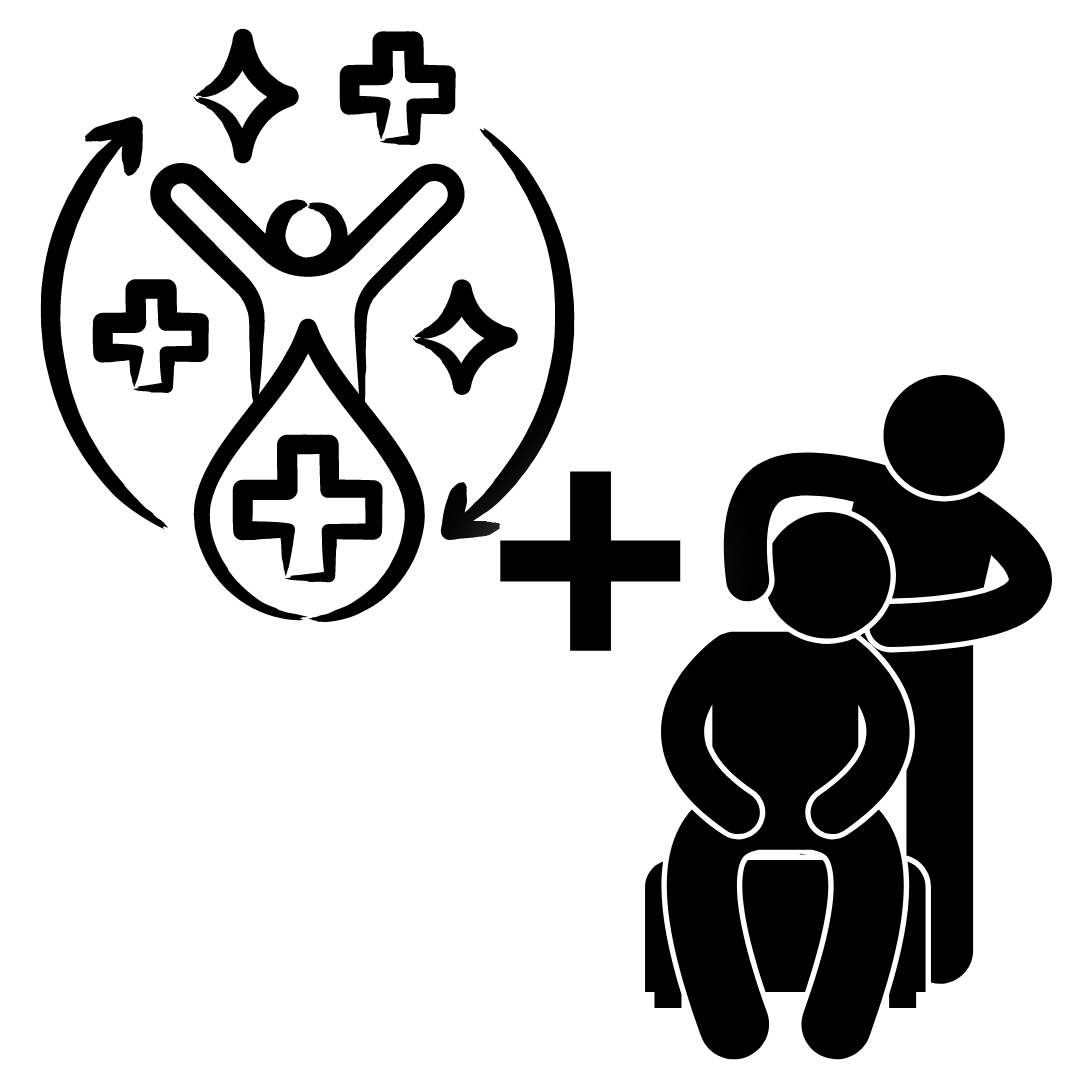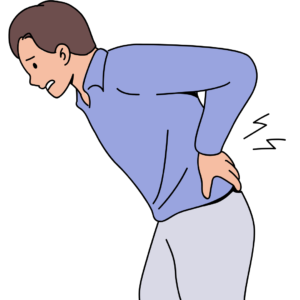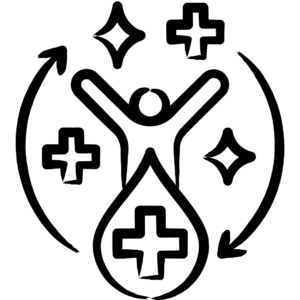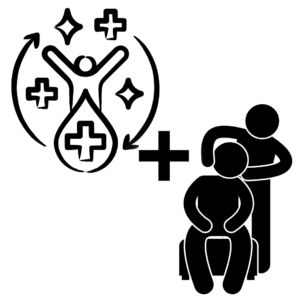
Low back pain is a pervasive issue affecting millions worldwide, impacting quality of life and daily functioning. Traditionally managed with medications, physical therapy, or surgery, many are now exploring integrative approaches that combine conventional and alternative therapies. Among these, the combination of chiropractic care and regenerative therapies has gained significant attention for its potential to address not just the symptoms but also the underlying causes of low back pain.
Understanding Low Back Pain

Low back pain can stem from various causes, including muscle strain, herniated discs, degenerative disc disease, and spinal misalignments. These conditions often result in pain, stiffness, and decreased mobility. Conventional treatments like painkillers or surgery address symptoms but sometimes fall short of providing long-term relief.
Chiropractic Care: Aligning the Body for Better Health
Chiropractic care focuses on diagnosing and treating musculoskeletal disorders, particularly those involving the spine. Chiropractors use spinal adjustments to correct misalignments, improve joint function, and relieve pressure on nerves. By restoring proper alignment and function, chiropractic care aims to reduce pain and enhance overall spinal health.
Benefits of Chiropractic Care:
1. Pain Relief: Chiropractic adjustments can alleviate pain by improving spinal alignment and reducing pressure on nerves.
2. Enhanced Mobility: Regular chiropractic care can increase joint flexibility and range of motion.
3. Reduced Inflammation: Adjustments can help reduce inflammation in the affected areas, contributing to pain relief.
Regenerative Therapies: Healing from Within

Regenerative therapies focus on stimulating the body’s natural healing processes to repair damaged tissues. Two prominent approaches in this category are Platelet-Rich Plasma (PRP) therapy and Stem Cell therapy.
1. Platelet-Rich Plasma (PRP) Therapy: PRP therapy involves injecting a concentration of platelets derived from the patient’s blood into the injured area. Platelets contain growth factors that promote tissue repair and regeneration. This therapy is particularly useful for conditions like herniated discs or ligament injuries.
2. Stem Cell Therapy: Stem cell therapy utilizes stem cells, often harvested from the patient’s own bone marrow or adipose tissue, to repair or regenerate damaged tissues. These cells have the potential to differentiate into various types of cells needed for tissue repair, providing a powerful tool for treating chronic low back pain.
Benefits of Regenerative Therapies:
1. Natural Healing: Regenerative therapies leverage the body’s own healing mechanisms to repair damaged tissues.
2. Long-Term Relief: By addressing the root causes of pain and promoting tissue regeneration, these therapies can offer more sustained relief.
3. Minimally Invasive: Compared to surgery, regenerative therapies are less invasive and typically involve shorter recovery times.
The Synergy: Integrating Chiropractic and Regenerative Therapies

Combining chiropractic care with regenerative therapies offers a holistic approach to managing low back pain. Here’s how these treatments work together:
1. Enhanced Healing Environment: Chiropractic adjustments can improve spinal alignment and optimize the body’s biomechanics, creating a more favorable environment for regenerative therapies to work effectively.
2. Comprehensive Pain Management: While chiropractic care addresses misalignments and muscular issues, regenerative therapies focus on repairing damaged tissues. This dual approach ensures that both the symptoms and underlying causes of pain are addressed.
3. Preventive Benefits: Regular chiropractic care can help prevent future injuries by maintaining proper alignment and muscle balance, while regenerative therapies can repair existing damage and improve overall spinal health.
Conclusion
Low back pain can be a complex and debilitating condition, but integrating chiropractic care with regenerative therapies offers a promising path to relief. By addressing both the structural and functional aspects of the spine, this combined approach not only alleviates pain but also promotes long-term healing and prevention. If you’re struggling with low back pain and seeking a comprehensive, non-surgical solution, consider exploring the benefits of this integrative approach with a qualified healthcare professional.







